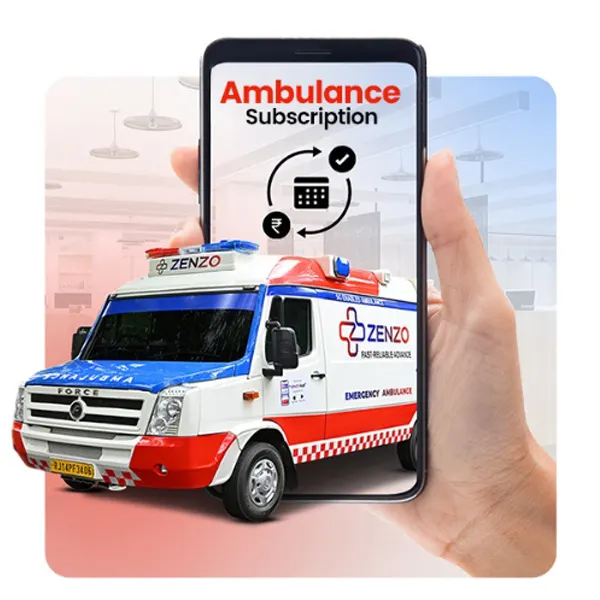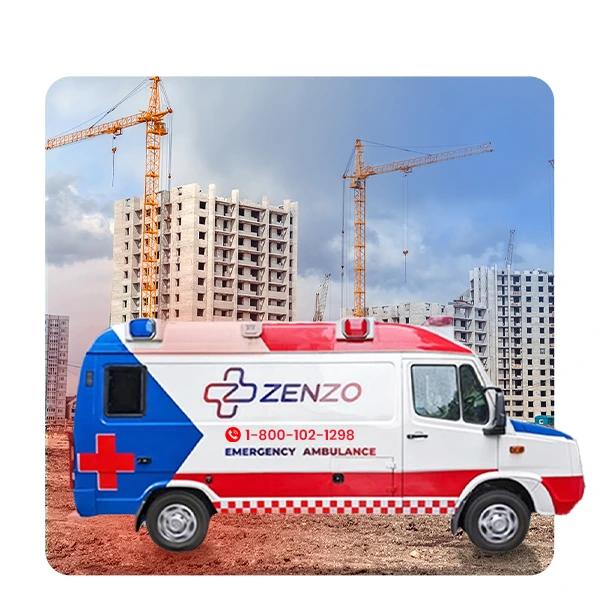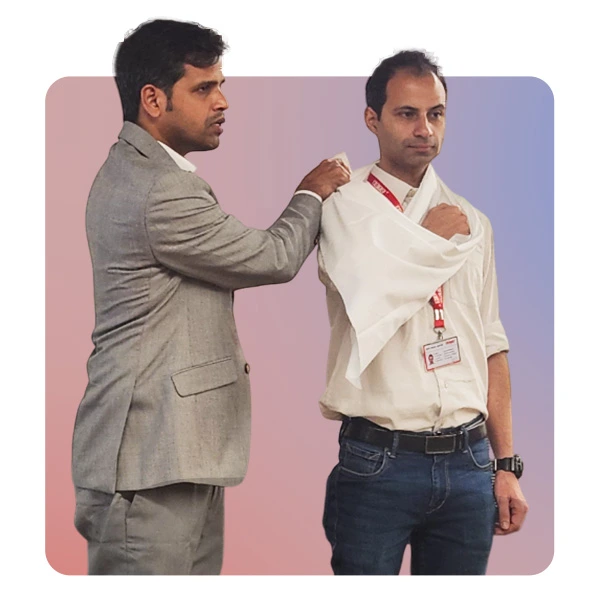Protect Your Workforce. Protect Your Business.
A healthy workforce is a productive workforce. Zenzo’s corporate vaccination for workers offers your employees easy access to essential vaccinations — on-site, at scale, and in compliance with health regulations.
From flu shots to travel vaccines, ensure that your team stays protected against preventable diseases with minimal disruption to their workday.
Talk to our Expert
What We Offer
- On-Site Vaccination Clinics: We bring the vaccination for workers directly to your workplace, saving your team time and effort.
- Variety of Vaccines: Seasonal flu shots and other essential health protections.
- Qualified Healthcare Providers: Administered by certified medical professionals with complete vaccine safety protocols.
- Custom Scheduling: We’ll work around your business hours to minimize downtime through vaccination services for corporates.
- Digital Reporting & Compliance: Vaccination records kept digitally, accessible for internal HR reporting and compliance.
- Compliance and Documentation: Digital vaccination services for corporates records for easy internal access and compliance reporting.
Why Choose Zenzo Vaccination Services?
- Convenient & Disrupt-Free: We handle the logistics, so your employees don’t have to leave the office to get vaccinated.
- Cost-Efficient: A single point of contact for all your flu vaccination healthcare workers needs, saving you time and resources.
- Customizable Programs: Tailored vaccine options based on your company size and industry needs.
- Employee Wellness:Foster a healthier, more resilient workforce — reducing absenteeism and promoting productivity.

Testimonial
We are thrilled to share our feedback on Zenzo's on-demand ambulance service. The service, with its pan-India presence, guaranteed turnaround time (TAT), and efficient operations, has been immensely helpful and valuable for patients in need. We are excited about our partnership with Zenzo and are confident that this collaboration will continue to enhance patient care and accessibility. Looking forward to working together to achieve greater milestones.
Shashank Agarwal
Zenzo ambulance subscription has been a game-changer for our organization. It's not just about convenience and promptness; it's about peace of mind knowing that our employees’ health and safety are always prioritized. Their efficient service and professionalism ensure timely assistance during emergencies, fostering trust and reliability. A must-have solution for businesses committed to employee well-being. Highly recommended
Ashwini Tiwari
I would like to take a moment to express my gratitude for the smooth and timely ambulance service provided by your team during a recent emergency. The patient's relatives were very happy with the service, and I would especially like to commend on you Mr. Kunal for your professionalism and consistent communication, which provided much-needed reassurance during a critical time.
Giriraj Lad
Our Gallery
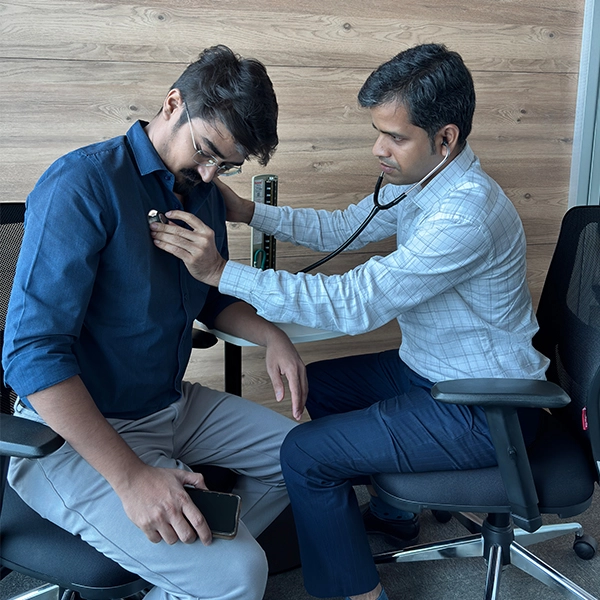
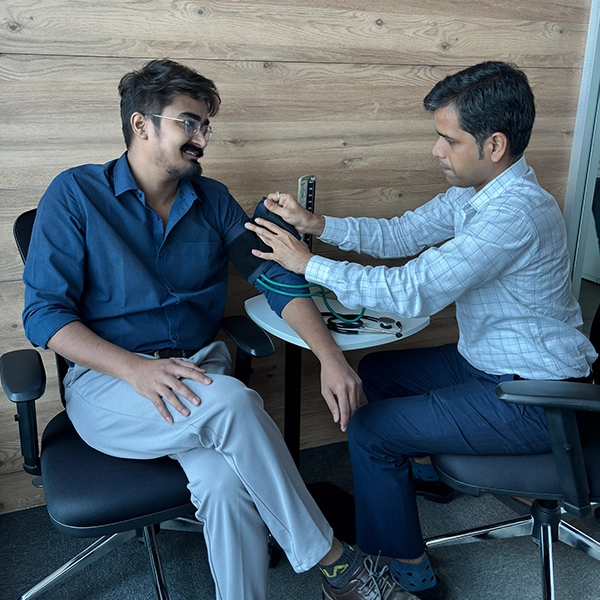



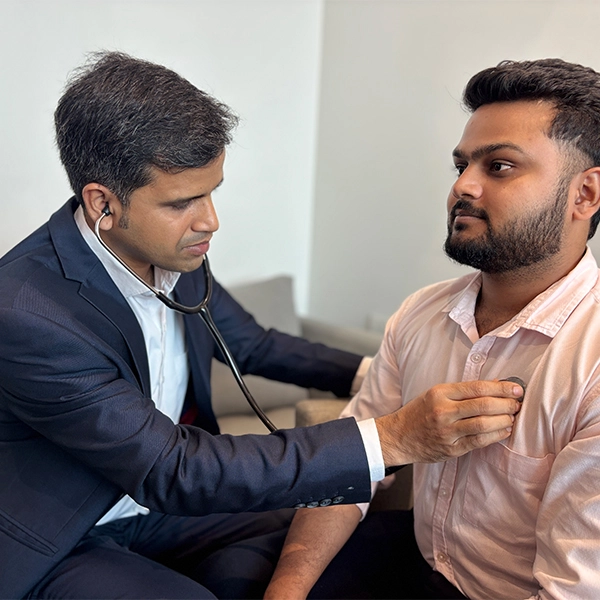
Media Coverage












FAQs
What function does an ambulance serve within the community? 
As the first responder to medical emergencies, an ambulance service plays an important role in society. It offers life-saving treatments on the way to the hospital and provides quick transportation for patients in need of urgent medical care. Aside from transportation, ambulances help improve community health by providing prompt access to medical institutions. Their quick response and ability to stabilize patients have a critical role in lowering death rates.
What role do on-site ambulance services play in emergency response? 
- Rapid Patient Transfer: On-site ambulances transfer patients to medical facilities quickly, reducing essential delays.
- Medical Care En Route: Trained paramedics on board can provide essential medical treatment while en route.
- Trauma and Accident Response: Ambulances serve an important role in responding to accidents and delivering emergency care to trauma victims.
- Mobile Treatment: Before arriving at a hospital, on-site ambulances provide a mobile platform for administering early treatment and stabilizing patients.
- Critical Care Transport: The transfer of critically ill patients is made easier by specialized ambulances fitted with life-saving equipment.
What are examples of emergencies happening on-site? 
On-site emergencies cover a range of unpredictable situations that demand immediate attention.
- Industrial accidents, such as chemical spills or machinery malfunctions, require rapid response to lower risks.
- Medical emergencies, such as heart attacks or injuries at public events, require on-site intervention for swift medical aid.
- Fires or Gas leaks in residential or commercial areas demand prompt on-site emergency services for containment and evacuation.
- Traffic accidents, with potential injuries or hazardous materials involved, also qualify as on-site emergencies.
What are the crucial elements of an effective on-site emergency plan? 
- Risk Assessment: Identify potential on-site hazards and assess their risks.
- Emergency Contact Information: Compile a list of key contacts, including emergency services and relevant personnel.
- Evacuation Procedures: Develop evacuation routes and assembly points for on-site occupants.
- First Aid and Medical Support: Ensure accessibility to first aid kits and establish protocols for medical assistance.
- Training and Drills: Conduct regular training sessions and emergency drills for on-site personnel.
- Emergency Equipment: Maintain and make accessible necessary emergency equipment, such as fire extinguishers and safety gear.
What are the duties carried out by a paramedic? 
A paramedic is a vital member of the emergency medical services team, delivering swift and specialized care such as:
- Patient Assessment: They conduct rapid and thorough assessments of patients’ conditions, identifying critical issues.
- Medical Interventions: They take charge of providing life-saving drugs, managing trauma, and performing advanced medical procedures.
- Communication: Maintaining open lines of communication between healthcare professionals, dispatchers, and patients ensures smooth communication.
- Transportation: Safely transporting patients to medical institutions and selecting the best location for their needs.
- Documentation: Maintaining accurate records of patient information, interventions, and communication to provide seamless continuity of care.
- Public Education: Paramedics frequently engage in community education to raise awareness of health and safety issues.
What is EMS support? 
EMS support, also known as Emergency Medical Services support, is a critical system that provides quick and specialised medical care during emergencies.
- EMS support consists of qualified experts, ambulances, and resources that provide rapid response, medical assessment, and pre-hospital treatment.
- Key objectives include providing life-saving interventions, transferring patients securely to medical facilities, and facilitating smooth communication and coordination among healthcare personnel.
- EMS support plays a pivotal role in safeguarding public health and responding to accidents, medical crises, and natural disasters, ultimately reducing morbidity and mortality rates by delivering swift and effective emergency medical care.
24*7 hours Emergency Services in Pan India
